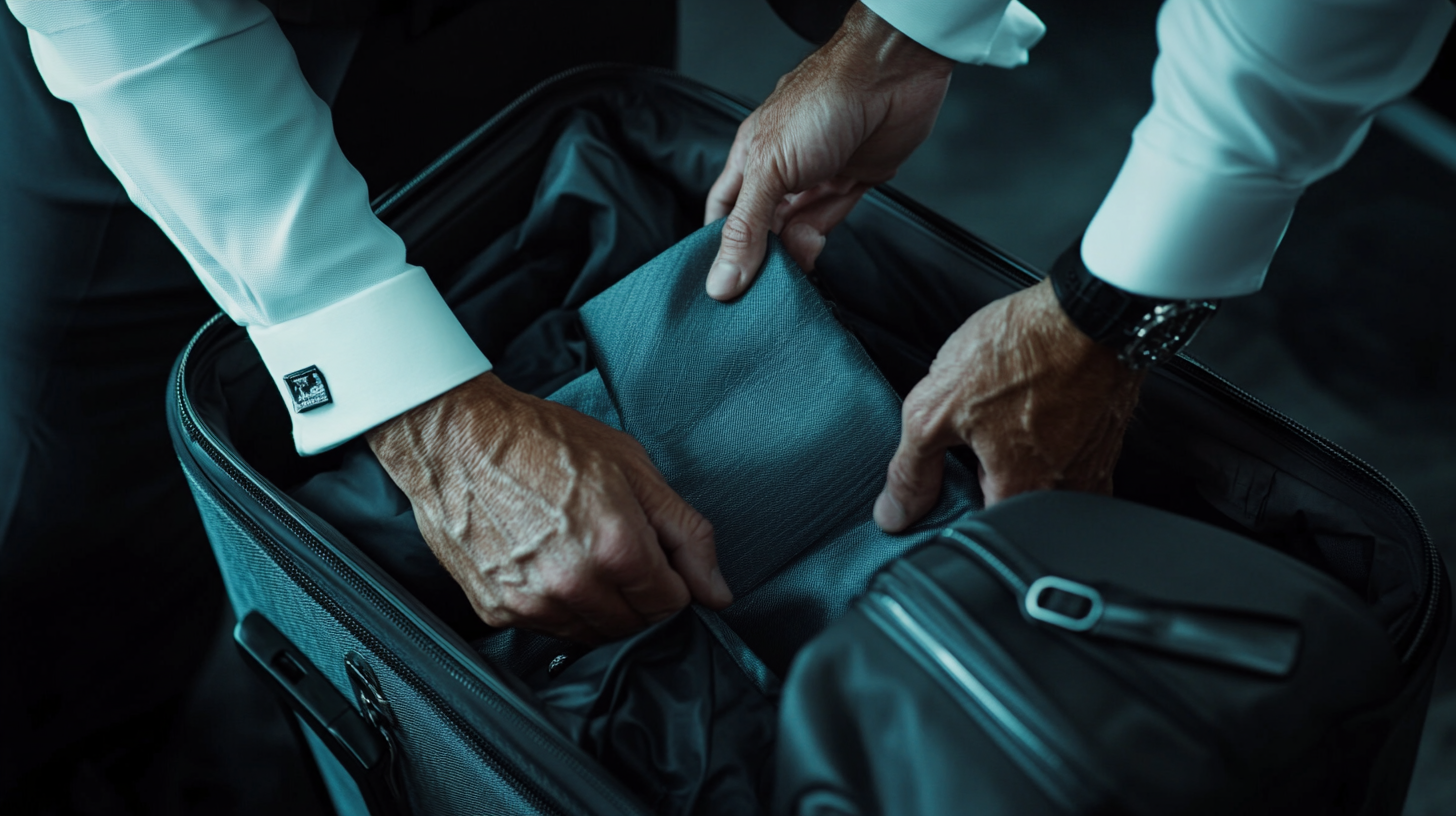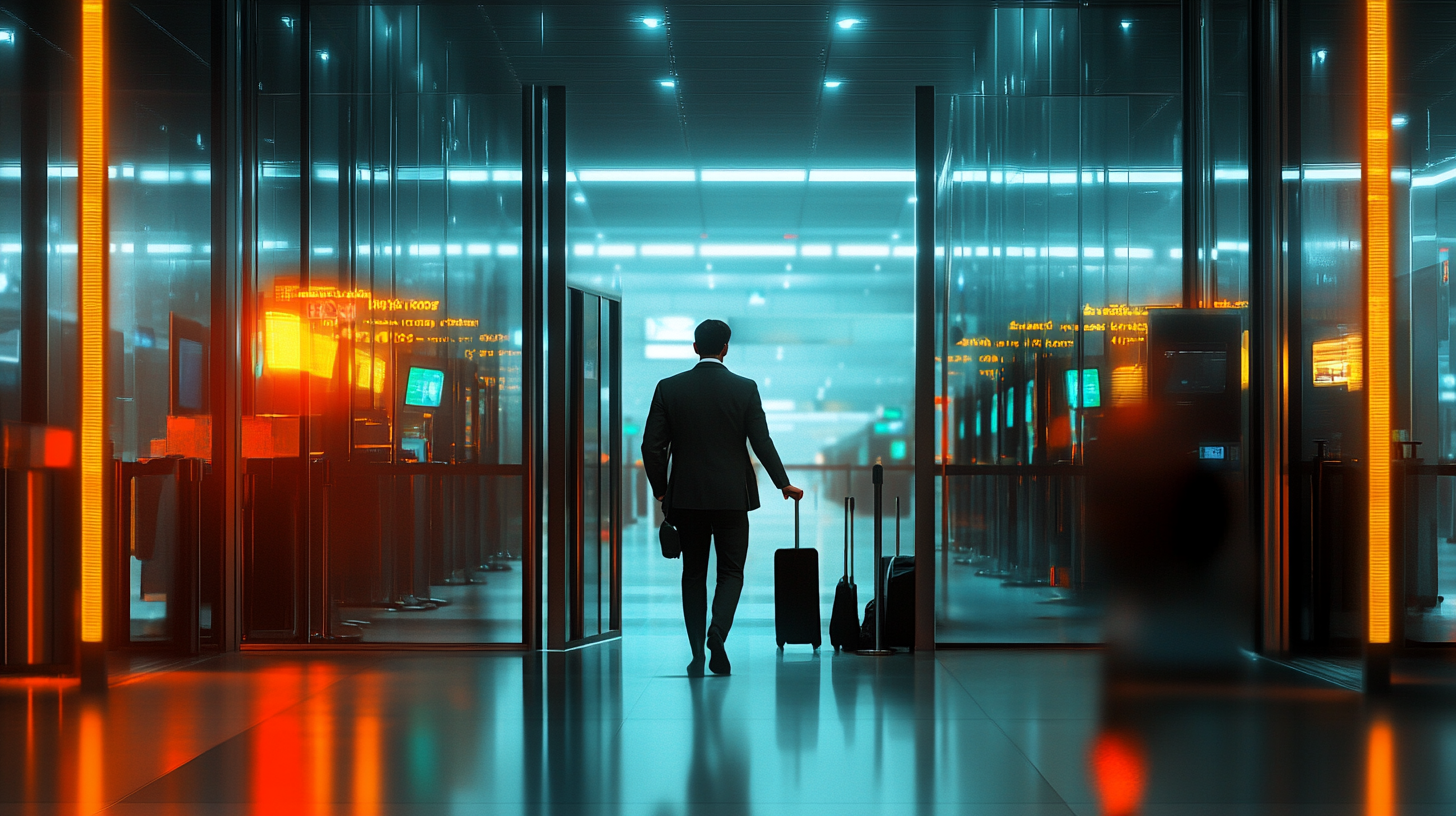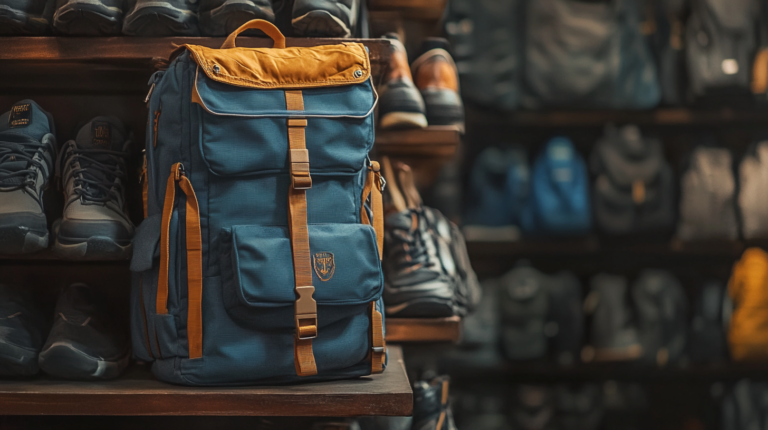10 Corporate Travel Tips for Savvy Flyers
1. Identify Trip Purpose & Budget

I’ve learned that before any corporate trip gains momentum, establishing a clear goal and financial plan makes all the difference. In my own research, I’ve noticed that teams who define a specific purpose—such as snagging new clients, scouting a conference, or meeting with partners—tend to avoid unnecessary detours that inflate costs. According to 2025 industry data, nearly 58% of business travelers cite overspending as their biggest regret, which often happens when trip objectives aren’t set from the start.
Another huge plus of clarifying your trip purpose is that it helps guide every decision, from flight itineraries to accommodations to ground transport. When I check out corporate travel policies nowadays, I see that many organizations encourage employees to document expected costs in a budget tracker and compare them with real-time living expense indexes. This extra layer of planning ensures the financial framework stays on track so the team can simply ease into the trip and concentrate on business goals during the journey.
Lastly, always confirm that your company or client is aligned with the spending plan you’ve outlined. Whether it’s a quick phone call or an online form, this little step guards against reimbursement issues later and fosters better communication all around.
2. Book Early & Leverage Loyalty Programs

A top strategy I’ve followed is locking in flights and hotels early—often a full month in advance for domestic trips. A recent study suggests that business travelers can save up to 15% on airfare by booking at least three weeks before departure. I’ve observed that these early bird rates aren’t just random deals; they frequently coincide with seasonal promotions.
In addition, signing up for loyalty programs can pay off quite generously. For instance, many travelers leverage airline alliances to rack up miles quickly, especially if they stick to the same carrier. Over time, these points can be converted into free flights, cabin upgrades, or even lounge passes. I usually make sure to note progress in each loyalty account right after booking, so I never lose track of mileage that could be the key to future perks.
Moreover, many hotels maintain partner points programs with airlines, so you can double-dip on rewards. I’ve seen travelers earn hotel credits that go straight back into their budgets, as well as airline miles that keep them traveling affordably throughout the year.
3. Pack Light and Efficiently

In my experience, nothing saps energy faster than lugging overstuffed baggage through a bustling airport. If you can fit all your essentials in a single carry-on, you’ll find that breezing from check-in to gate is infinitely simpler. A dedicated packing plan—down to a list of business attire, chargers, and personal care items—helps minimize panic and last-minutes hunts for missing items.
One new trend I’ve been exploring is the use of modular packing cubes to neatly organize clothes and separate them from electronic gear. This technique is backed by many seasoned travelers who say it saves up to 30 minutes of scouring your luggage at each stop. I personally like to tuck a laundry bag in there, too, so soiled clothes remain separate, especially on multi-stop itineraries.
When it comes to gear, I love multi-functional bags with specialized compartments. Lightweight yet robust carriers, like the HP Renew bag I’ve tested, help me skip the baggage carousel altogether and protect my laptop from accidental bumps throughout the trip.
4. Bring Must-Have Gear

Investing in reliable tech accessories pays dividends when flights get delayed or meeting times shift. I usually pack a portable power bank that can fully charge my devices multiple times. Frequent flyers have told me that having a backup power source reduces a ton of stress when you need to jump on a video call or finalize a presentation last-minute.
Don’t forget to download offline resources: everything from language translators to city maps. I’ve experienced the frustration of blank screens in data blackouts, and having these tools stored locally on my phone has been a lifesaver. Adding a solid noise-canceling headset to the mix helps me stay productive while blocking out background chatter on longer flights.
Speaking of convenience, I’ve observed more travelers bringing foldable power strips, ensuring you’re never scrambling for outlets at busy airport lounges. It’s one of my favorite tech hacks—particularly when sharing limited outlets with fellow flyers.
5. Optimize Your Booking Tools

Finding the best way to manage flight and hotel reservations can feel overwhelming, but specialized agencies and new booking apps can alleviate the chaos. I’ve tested platforms that automatically compare fares or recall your seating preferences, ensuring that each new booking meets your comfort standards. According to industry data, travelers can save up to 20% using specialized booking tools compared to generic search engines.
Sometimes, it helps to work with travel agencies like CIRE Travel, especially if your schedule is jam-packed. I’ve noticed that agencies with corporate focus adapt quickly to last-minute changes and keep track of flexible fares that most travelers might overlook. This attention to detail means fewer missed flights or overbooked hotels.
Additionally, there’s an efficiency boost in customizing each leg of your trip within a single dashboard—everything from car rentals, seats, and meal options. When last-minute changes crop up (like a rescheduled meeting or an extended conference), you only make one call or tap to adjust all the moving parts in a trip.
6. Master Expense Tracking

If you’ve ever returned from a work trip and spent hours sorting through paper receipts, you’ll understand the headache that can cause. A cloud-based expense tool simplifies this process immensely, consolidating everything from airfare to event registrations in one location. For instance, solutions like Brex for Zip integrate procurement and payments, enabling you to see the bigger picture of your spending.
A recent poll shows that 67% of corporate travelers rely on real-time expense alerts to prevent budget overshoot. I’ve found that scanning receipts with a mobile app right after each transaction keeps my expense report clean. Plus, approvals and reimbursements happen faster when finance teams can review digital copies of receipts rather than messy spreadsheets.
By focusing on transparency—itemizing costs in a shared portal—you also protect yourself and your company from inaccurate charges or missing claims. I appreciate how it keeps everything in check and fosters trust between employees and finance departments.
7. Breeze Through Security

I used to shudder at the prospect of long security lines, but enrolling in programs like Global Entry or TSA PreCheck completely changed my travel rhythm. These memberships enable frequent flyers to move through checkpoints efficiently, often without removing shoes or laptops. I can’t stress enough how refreshing it feels to skip those never-ending queues.
According to the Transportation Security Administration, TSA PreCheck participants move through security lines up to 70% faster, which can mean the difference between a calm pre-flight coffee break and sprinting to a boarding gate. If you’re stuck in an airport known for heavy congestion, such as LAX or JFK, this perk becomes even more valuable.
It’s worth noting that the screening process is more streamlined because you’re pre-vetted, which inherently cuts down on potential hassles—an essential checkpoint hack for anyone juggling multiple meetings in a single day.
8. Use Airport Concierge Services

I’ve explored airport concierge services in a few major hubs, and it’s like unlocking a new dimension of convenience. Services like airssist provide expedited check-ins, whisk you away to private lounges, or arrange chauffeured rides directly from the terminal exit. This can be a sanity saver if you’re managing aggressive timelines or if you simply want to conserve energy for an important presentation.
On many occasions, I’ve seen travelers who benefit from lounge access use those quiet spaces to finish up work or catch up on rest. A recent hospitality survey indicates that well-rested business travelers report 25% higher productivity on the road. Having a calm environment to recharge can make a world of difference, especially in airports with loud, bustling corridors.
These concierge packages might feel premium, but they can pay off in time and stress reduction—vital commodities when you’re balancing multiple responsibilities. I’ve often heard travelers say, “Once you go concierge, you may not go back.”
9. Stay Flexible & Connected

Let’s be honest: business trips don’t always go as planned. No matter how carefully I organize an itinerary, flight cancellations or last-minute client demands might change everything. That’s why it helps to have backup plans for lodging, alternate flights, or even remote meeting options. I’ve made a habit of saving local taxi service numbers or rideshare apps in case the perfect storm hits.
Investing in a robust data plan (or pocket Wi-Fi if you’re overseas) enables you to jump on a virtual call spontaneously. I’ve been in situations where a meeting got bumped up, and thanks to an always-on mobile hotspot, I hopped into the call from a coffee shop near the airport—crisis averted.
A good travel insurance plan is also beneficial. It’s one of those things that doesn’t feel necessary until you need it. According to the U.S. Travel Insurance Association, claims related to trip interruptions rose by 12% last year. I’ve learned that costs for last-minute flight rebooks or emergency accommodations can escalate quickly, making travel insurance a sensible safety net.
10. Conclusion & The Bottom Line

Corporate travel isn’t all red-eye flights and waiting rooms. When approached with proper planning, it transforms into an efficient, productive, and even empowering experience. By clarifying objectives, booking wisely, ultra-streamlining your packing list, and enlisting the right tech support, every trip can feel like a polished business outing rather than a rushed sprint.
My experience shows that little details—like breezing past security with PreCheck or leveraging loyalty programs—play a massive role in ensuring each trip flows smoothly. With technology and specialized services at our fingertips, we hold the power to reshape what work travel looks like in 2025 and beyond. Ultimately, these strategies help you confidently soar toward new horizons—no frequent flyer miles required.
Final Thoughts

Today’s travel ecosystem is designed to reward organization, adaptability, and a keen eye for cost efficiency. The transformative power of planning in advance, packing essentials correctly, and leveraging loyalty programs cannot be overstated. Corporate travel doesn’t need to be chaotic or draining; it can be an absolute win when managed with the right blend of strategy and digital tools.
For me, it’s also about enjoying the journey. Even a quick trip can become a memorable event if you’re nimble enough to convert obstacles into stepping stones. By staying flexible, focusing on both productivity and comfort, and channeling the abundance of modern travel resources, you can elevate each trip beyond mere business objectives.
Vanessa Bloome’s Take
When I compile these insights, it feels like I’m standing at a networked crossroads of data and real-world stories—letting me sense what resonates most with frequent flyers. Each traveler’s journey is unique, but the desire for clarity, convenience, and confidence unites us all.
I believe in zeroing in on simplicity. By reducing friction points—whether they’re long security lines or complicated itineraries—I see travelers thriving in an environment that’s more about seizing opportunities than dodging stress. It’s a perspective I’ll continue to share with everyone who aims to make the most of their corporate travel adventures.







